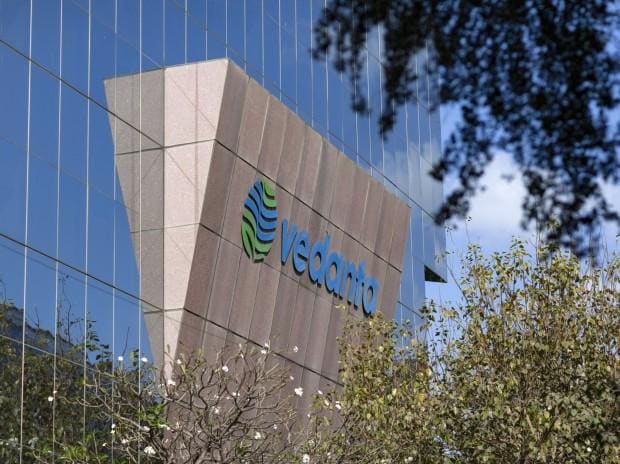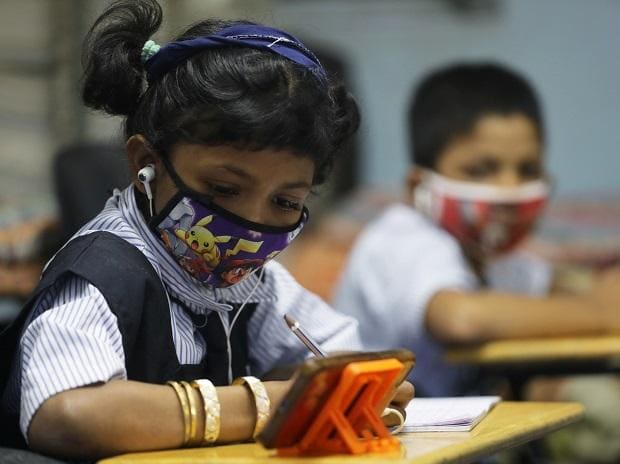The registration of residential properties in Mumbai jumped over
two-folds this month at 18,854 units compared with November on account of
reduction in stamp duty, according to Knight Frank India.
The registration
of residential properties in Mumbai jumped over two-folds this month at 18,854
units compared with November on account of reduction in stamp
duty by the Maharashtra government, according to Knight Frank India.
In November, total
registration stood at 9,301 units. The registration in December 2019 stood at
6,433 units, the consultant said.
"Mumbai
recorded a historic surge in home sales registrations in the month of December
2020. Total sales registered till December 30, 2020 for the month of December
is recorded at 18,854 units," Knight Frank said in a statement.
Shishir Baijal,
Chairman & Managing Director, Knight Frank India said, "The reduction
in stamp duty has led to a significant surge in sales of homes in Maharashtra,
particularly in Mumbai, comforting the long -beleaguered real
estate sector of this region."
A combination of
the lowest home loan rates, reduced prices along with rebates and offers made
by developers, as well as increased household saving rates, have provided the
right growth environment for the residential segment to grow, he said.
"This positive
sales momentum is crucial for the developers, who were facing severe liquidity
challenges as well as below par valuations for their projects, making it tough
for them to raise capital," Baijal said.
Total revenue
earned by the state exchequer in 2020 from home registration isestimated at Rs
3,107 crore, of which nearly 43 per cent (Rs 1,350 crore)is for the period
between September 1 December 30, 2020.
"Since the
announcement of the reduction of 300 basis points (BPS) starting September 01,
2020 homes sales have continuously risen month on month," Knight Frank
said.

























